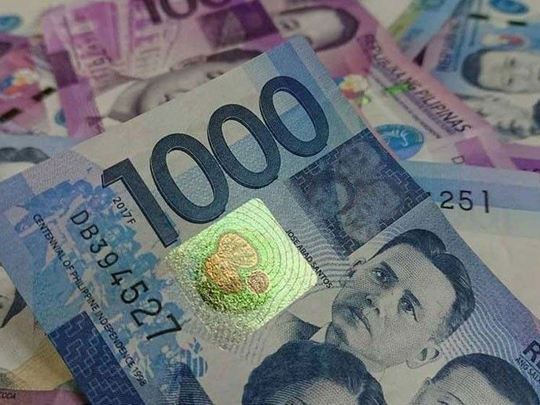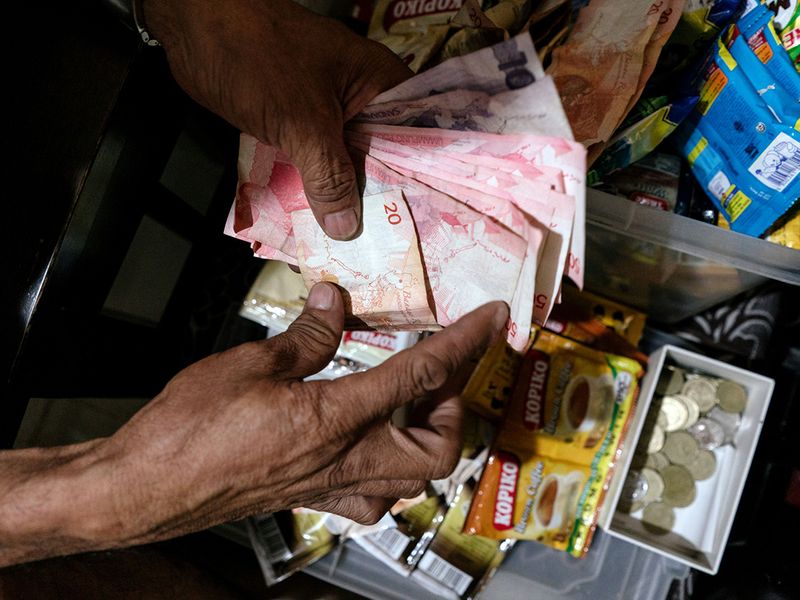
Manila: The Philippine peso weakened further against the dollar on Thursday (January 13, 2022) amid a big spike in local coronavirus infections fuelling economic uncertainty and a more aggressive US stance on rate hikes.
The Philippine currency slid to 51.13 as of 6.30pm on Thursday (January 13, 2022 Manila time). It stood at P51.03 at 8.10 UTC — its highest intra-day level — before sliding further Thursday. Moreover, health authorities in the Asian country recorded a 3,663% jump in COVID cases in the last 2 weeks.
The Bangko Sentral ng Pilipinas data showed the peso-dollar rate at 51.10 on Thursday. Against the UAE dirham, the Pnilippine peso stood at 13.9139 Thursday, based on BSP reference exchange rate bulletin.
The Asian currency has been weakening from 49.829 on December 21, 2021 and 50.88 on January 5, 2022, based on xe.com data. Check the latest UAE money transfer exchange rates here.

Aggressive US stance on rate hikes
What underpins the strong US dollar is the fact that the US Fed is tapering, reducing balance sheets, and raising rates. The Asian currency slid as market participants factored in the hawkish statements from the minutes of the latest policy review of the US Fed released Wednesday.
The Fed in its policy review from December 14 to 15 said it would speed up its tapering of asset purchases amid the improving US economy.
On Wednesday, the US central bank officials also said they expect up to three rate increases this year. Investor worries on rising coronavirus infections had caused the peso to depreciate.
The US dollar posted a stellar 2021 performance, gaining against almost all currencies. The US dollar Index (DXY) strengthened 6.4 per cent. Investors expect the strong dollar to continue this year due to the Fed’s monetary tightening.
Inflation threat looms
Analysts opine that rising commodity prices, especially oil, is likely to push up domestic inflation that will be a major worry for the Bangko Sentral ng Pilipinas (BSP), the country's central bank, in the months ahead.

The BSP is likely to face a monetary policy dilemma on whether to continue a loose monetary policy to support the pandemic-impacted local economy or target the rising inflationary threat, the analysts opined.
They further added that a weakening peso is also likely to inflate the foreign debts of the government and exacerbate the currency weakness, that could force the central bank to act.
Will remittances stay resilient?
The silver lining in the peso’s weakness is that it is likely to boost remittances of Filipino expatriates as they take advantage of the favaourable exchange rates, adding to the forex reserves of the country.
Cash remittances from Filipinos working overseas was unaffected by the pandemic with the inflows totaling $29.9 billion in 2020.
It is widely expected that combined with the resilient remittances, dollar flows into the Philippines from overseas will post a bigger surplus this year than initially expected as exports start to recover.












